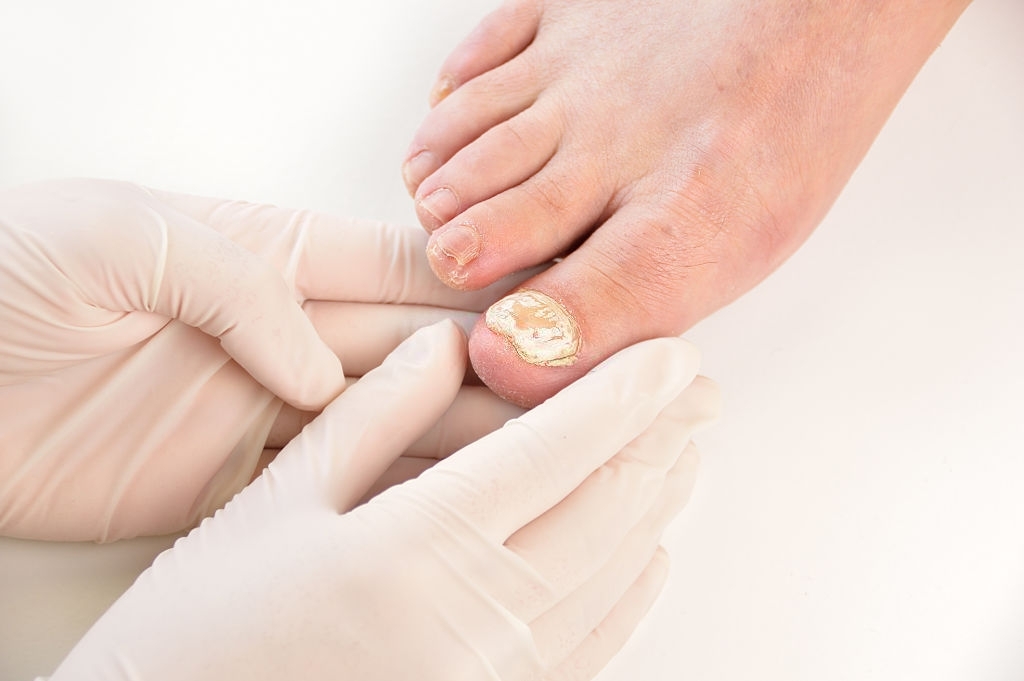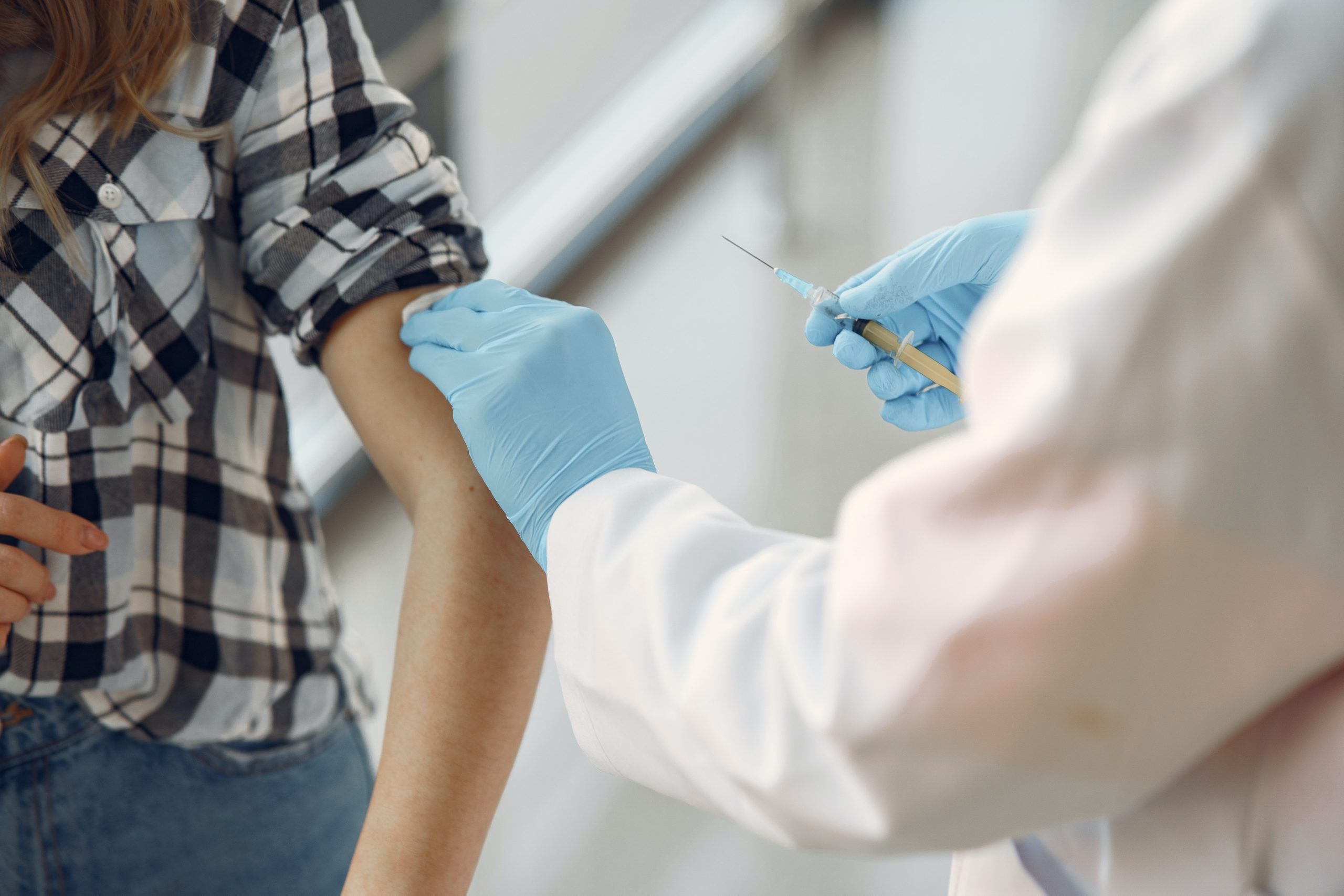How to treat baby’s gastroesophageal reflux disease (GERD)?
Gastro-oesophageal reflux disease (GERD) is the involuntary reflux of stomach contents into a baby’s oesophagus. Common in both babies and adults, it causes regurgitation. Although not serious, it can lead to oesophagitis. Gastro-oesophageal reflux disease (GERD) is common in newborns and infants under the age of one, but is not serious. Regurgitation occurs in almost … Read more












